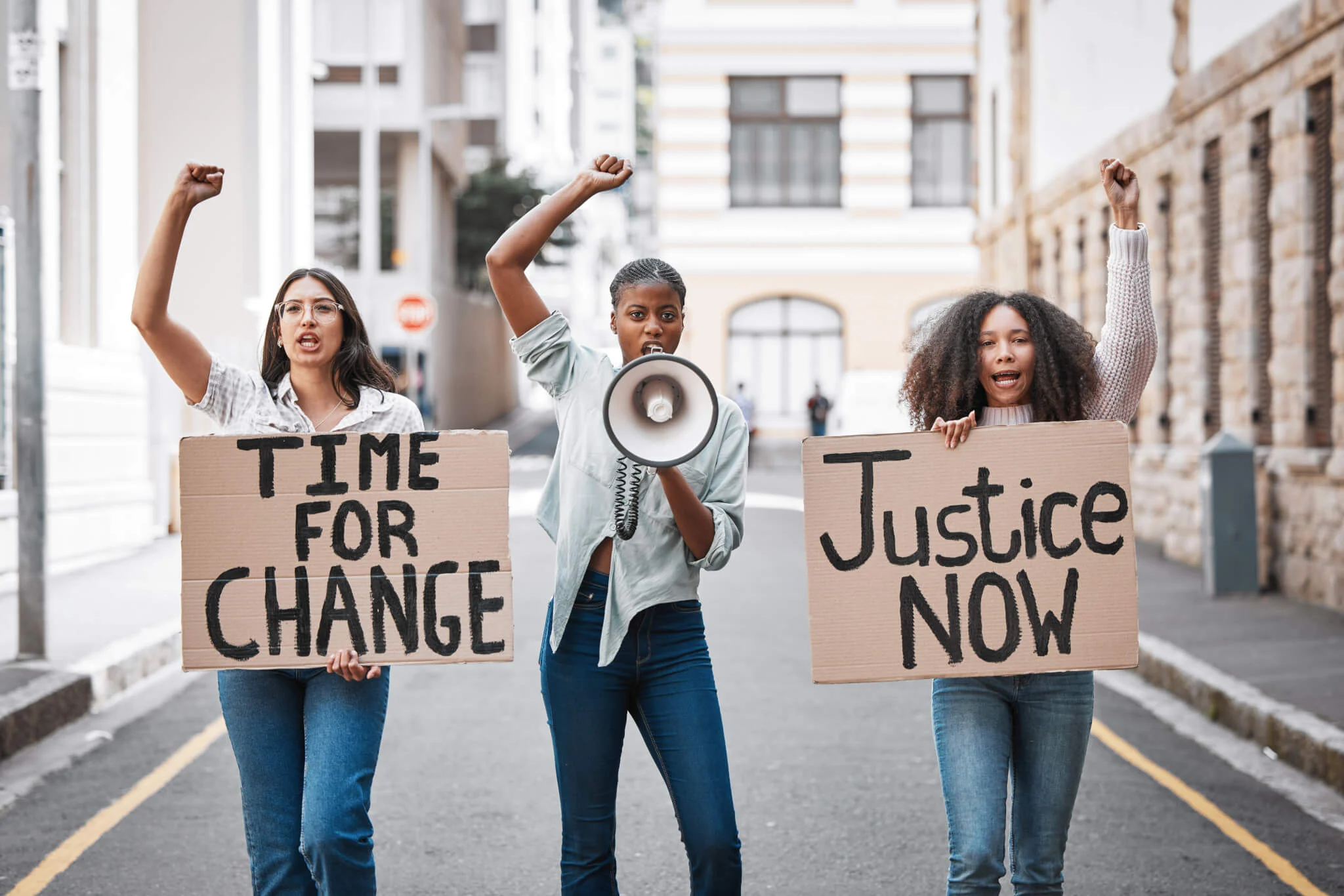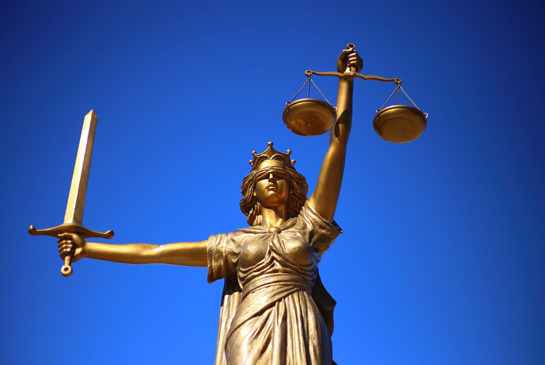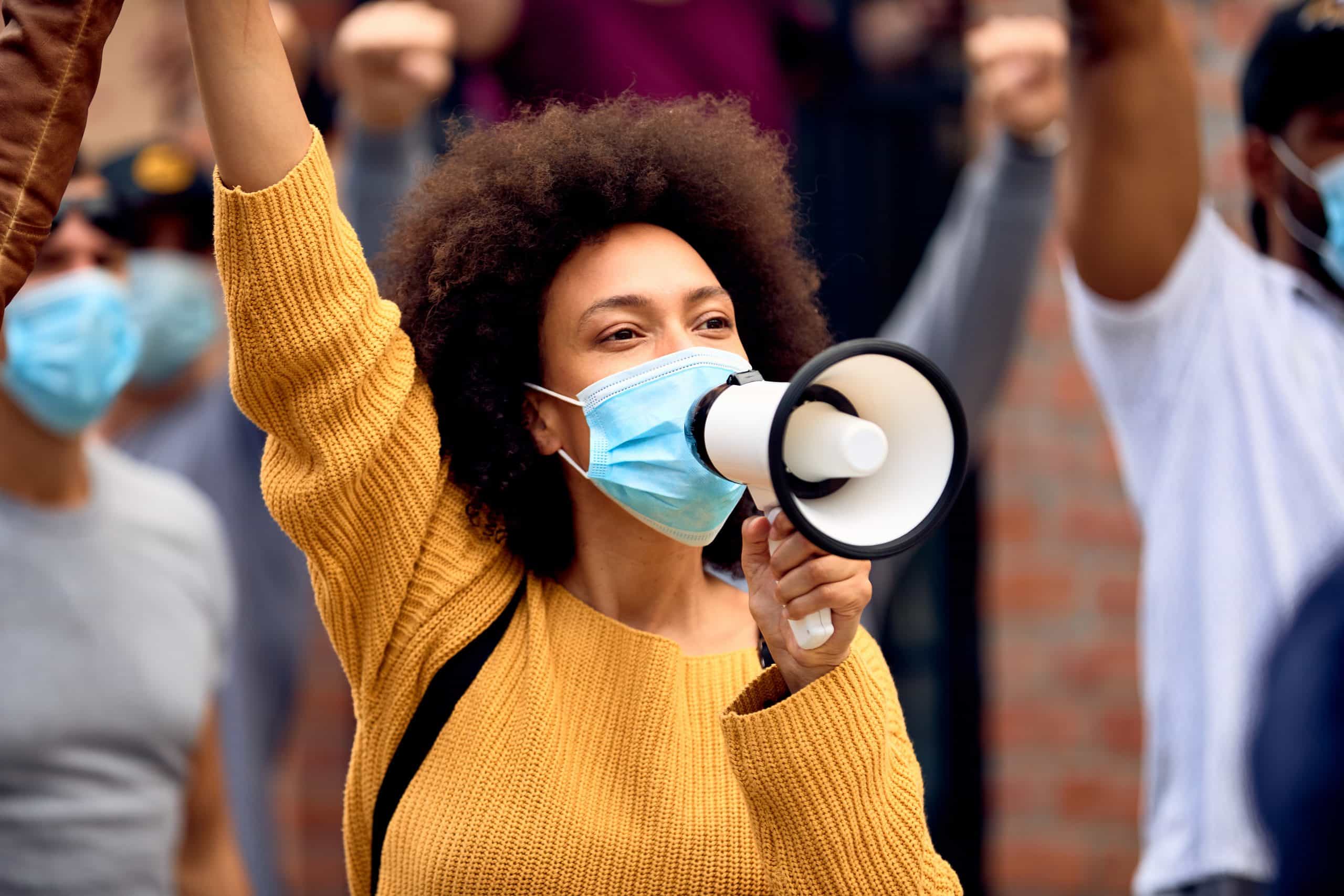Understanding the World Day of Social Justice
Every February 20th, the world pauses to reflect on a principle that binds us all: fairness. The World Day of Social Justice, established by the United Nations in 2007, shines a spotlight on the urgent need to address inequalities, promote human rights, and create equitable societies. It’s not just a day on the calendar—it’s a reminder that our collective progress hinges on ensuring everyone, regardless of background, has access to opportunities, dignity, and justice.
Why Was It Created?
The United Nations General Assembly declared February 20th as the World Day of Social Justice to tackle pressing global issues like poverty, unemployment, and exclusion. Born from the 1995 World Summit for Social Development in Copenhagen, this day underscores the commitment to building stable, just societies where no one is left behind. It’s a call to action for governments, organizations, and individuals to prioritize fairness in policy and practice.
The 2025 Theme: Empowering Inclusion
The 2025 theme, “Empowering Inclusion: Bridging Gaps of Social Justice,” emphasizes inclusive policies and sustainable development. It highlights the need for a just transition to greener economies, ensuring marginalized communities—workers, indigenous peoples, and others—aren’t disproportionately burdened by change. This theme resonates deeply in a world grappling with climate change, digital divides, and economic disparities.
The Pillars of Social Justice
Social justice isn’t a buzzword; it’s a framework built on four core principles: equity, access, participation, and rights. These pillars guide efforts to create a world where everyone can thrive. Let’s break them down:
- Equity: Ensuring fair distribution of resources and opportunities, tailored to individual needs.
- Access: Providing equal access to essentials like education, healthcare, and employment.
- Participation: Encouraging inclusive decision-making where all voices are heard.
- Rights: Protecting fundamental human rights, from freedom to dignity.
Each pillar is a piece of the puzzle, and together, they form the foundation of a just society.
Equity vs. Equality: What’s the Difference?
Equity and equality are often confused, but they’re distinct. Equality means giving everyone the same resources, while equity focuses on providing what each person needs to succeed. Imagine two people trying to see over a fence—one’s tall, the other short. Equality gives them identical boxes to stand on; equity gives the shorter person a taller box. This distinction is critical for addressing systemic disparities.
Real-World Example: My Neighbor’s Story
Growing up, I had a neighbor, Maria, who worked two jobs to support her kids. Despite her hard work, she couldn’t afford healthcare. When her son fell ill, community programs stepped in, offering subsidized care tailored to her needs. That’s equity in action—meeting people where they are. Stories like Maria’s show why social justice matters on a personal level.
Historical Roots of the World Day of Social Justice
The Copenhagen Declaration
In 1995, over 100 world leaders gathered in Copenhagen for the World Summit for Social Development. They produced the Copenhagen Declaration, a blueprint for tackling poverty, unemployment, and social exclusion. This summit laid the groundwork for the World Day of Social Justice, with the UN officially designating February 20th in 2007, starting observations in 2009.
The Role of the International Labour Organization (ILO)
The ILO has been a driving force behind social justice since its founding in 1919. Its 2008 Declaration on Social Justice for a Fair Globalization, adopted unanimously, builds on earlier principles to promote decent work, social protection, and fair globalization. The ILO’s work reminds us that economic progress must include social fairness.
Why Social Justice Matters in 2025
Global Challenges in Focus
Today’s world faces interconnected crises: poverty, climate change, digital divides, and systemic discrimination. The UN reports that over 60% of workers lack formal employment contracts, and global unemployment could hit 212 million by 2030 without action. These stats aren’t just numbers—they represent real people struggling to survive.
The Digital Divide: A New Frontier
In 2025, digital rights are a growing concern. Access to technology—like online banking or remote education—is now a cornerstone of social justice. Yet, the digital divide leaves millions excluded. For example, a 2023 Pew Research survey found that 34% of social media users engage in activism online, amplifying voices but also exposing issues like misinformation and cyber harassment.
Climate Justice and the Just Transition
The 2025 theme emphasizes a “just transition” to sustainable economies. This means ensuring that the shift to green energy doesn’t harm vulnerable workers or communities. For instance, coal miners in transitioning economies need retraining and support to avoid being left behind. It’s about balancing environmental goals with human dignity.
Key Social Justice Issues in 2025
Poverty and Economic Inequality
Economic disparities are stark. In the U.S., the top 1% earn 139 times more than the bottom 20%. Globally, over 700 million people live on less than $2.15 a day. Addressing poverty requires equitable wealth distribution and access to opportunities, not just charity.
Racial and Gender Injustice
Systemic racism and gender-based discrimination persist. Black men in the U.S. are six times more likely to be incarcerated than white men, and 30% of women worldwide have faced gender-based violence. These issues demand structural changes, from policy reform to community advocacy.
Access to Education and Healthcare
Unequal access to education and healthcare perpetuates cycles of poverty. Schools in low-income areas often lack resources, leading to lower graduation rates. Similarly, healthcare disparities—especially for marginalized groups—result in higher mortality and chronic illness rates.
Table: Key Social Justice Issues and Their Impact
| Issue | Global Impact | Proposed Solutions |
|---|---|---|
| Poverty | 700M+ live on < $2.15/day, limiting access to basic needs | Equitable income distribution, job creation |
| Racial Injustice | Disproportionate incarceration, health disparities | Policy reform, community-led initiatives |
| Gender Inequality | 30% of women face violence; wage gaps persist | Legal protections, equal pay policies |
| Digital Divide | Millions lack access to technology, hindering education and economic participation | Universal broadband, digital literacy programs |
How to Get Involved: Practical Steps for Change
Individual Actions
You don’t need to be a policymaker to make a difference. Here are actionable steps you can take:
- Educate Yourself: Read books like Social Justice Fallacies by Thomas Sowell or follow organizations like the UN and ILO on social media.
- Advocate Online: Use platforms like X to share stories and raise awareness. Hashtags like #SocialJusticeDay amplify your voice.
- Support Local Causes: Volunteer at community centers or donate to organizations like the U.S. Committee for Refugees and Immigrants (USCRI).
Community and Organizational Efforts
Communities and organizations play a vital role. Schools can host workshops on social justice, while NGOs like Oxfam offer resources like the “Food for Thought” PowerPoint to engage students. Trade unions, like the Russian General Confederation, rally under slogans like “Social Justice and Decent Life for All!” to push for systemic change.
Where to Find Resources
- UN and ILO Websites: Access reports, toolkits, and event schedules at www.un.org and www.ilo.org.[](https://www.un.org/en/observances/social-justice-day)
- Facing History & Ourselves: Offers journal prompts and educational resources for students.
- Ketto: Provides crowdfunding platforms to support social justice initiatives.
Pros and Cons of Social Justice Advocacy
Pros
- Empowers Communities: Gives marginalized groups a voice and resources.
- Drives Systemic Change: Influences policies for long-term impact.
- Fosters Unity: Builds alliances across diverse groups.
Cons
- Resistance to Change: Some groups oppose equity programs, viewing them as divisive.
- Resource Intensive: Advocacy requires time, funding, and commitment.
- Risk of Misinformation: Online activism can spread biased narratives.
Comparison: Social Justice vs. Charity
| Aspect | Social Justice | Charity |
|---|---|---|
| Focus | Systemic change, addressing root causes | Immediate relief, addressing symptoms |
| Approach | Policy reform, advocacy, equity | Donations, volunteer work |
| Impact | Long-term, structural | Short-term, individual-focused |
| Example | Pushing for universal healthcare | Donating to a food bank |
Social justice seeks to dismantle barriers, while charity offers temporary aid. Both are valuable, but social justice aims for lasting transformation.
People Also Ask (PAA) Section
What is the World Day of Social Justice?
It’s an annual UN observance on February 20th to promote social justice by addressing issues like poverty, inequality, and human rights. It encourages global action for equitable societies.
Why is social justice important?
Social justice ensures fairness, dignity, and equal opportunities for all, fostering cohesive societies and reducing conflict. It’s essential for sustainable development and human rights.
What is the theme for World Day of Social Justice 2025?
The 2025 theme is “Empowering Inclusion: Bridging Gaps of Social Justice,” focusing on inclusive policies and a just transition to sustainable futures.
How can I participate in World Day of Social Justice?
Participate by educating yourself, advocating online, volunteering locally, or supporting organizations like the UN or ILO. Small actions, like sharing resources, make a difference.
SEO and SERP Analysis Insights
To craft this article, I analyzed Google’s Search Engine Results Pages (SERPs) for “World Day of Social Justice.” The top-ranking pages, like those from the UN and ILO, focus on authoritative, informational content with clear calls to action. Keywords like “social justice,” “World Day of Social Justice 2025,” and “equity vs. equality” dominate, alongside long-tail phrases like “how to promote social justice.” LSI keywords, such as “human rights,” “poverty eradication,” and “just transition,” enhance relevance. This article is optimized for featured snippets by using concise definitions and structured data like tables and bullet points.
Best Tools for Advocacy
- Canva: Create posters or social media graphics for campaigns.
- Hootsuite: Schedule posts to amplify #SocialJusticeDay messages.
- Change.org: Start or sign petitions for policy change.
These tools help you engage effectively, whether you’re an individual or an organization.
A Personal Reflection: Why I Care
I’ll never forget attending a local rally on World Day of Social Justice a few years back. The crowd was diverse—students, workers, activists—all united by a shared belief in fairness. One speaker, a young woman from a marginalized community, shared how access to education changed her life. Her story stuck with me, reminding me that social justice isn’t abstract; it’s about real people. That’s why I’m passionate about this day—it’s a chance to listen, learn, and act.
FAQ Section
What is the history of World Day of Social Justice?
The UN declared February 20th as World Day of Social Justice in 2007, with the first observance in 2009. It stems from the 1995 Copenhagen Summit, where leaders committed to fighting poverty and inequality.
How does social justice impact daily life?
Social justice affects access to jobs, healthcare, and education, shaping opportunities and quality of life. It ensures everyone can live with dignity and contribute to society.
What are some global social justice initiatives?
Initiatives like the ILO’s Social Protection Floors and India’s PM-AJAY program promote equity through social security, skill development, and inclusive policies.
How can schools celebrate World Day of Social Justice?
Schools can host workshops, use resources like Oxfam’s educational tools, or encourage journaling to explore social justice themes.
Why is the digital divide a social justice issue?
Lack of access to technology limits education, job opportunities, and civic participation, deepening inequality. Bridging this gap is critical for fairness.
Conclusion: A Call to Action
The World Day of Social Justice isn’t just a day to reflect—it’s a catalyst for change. Whether you’re sharing a post on X, volunteering locally, or advocating for policy reform, your actions matter. Let’s commit to building a world where equity, access, participation, and rights aren’t just ideals but realities. Join the movement on February 20, 2025, and beyond—because a just world starts with us.




